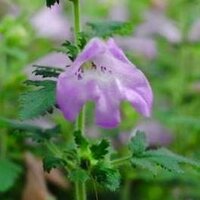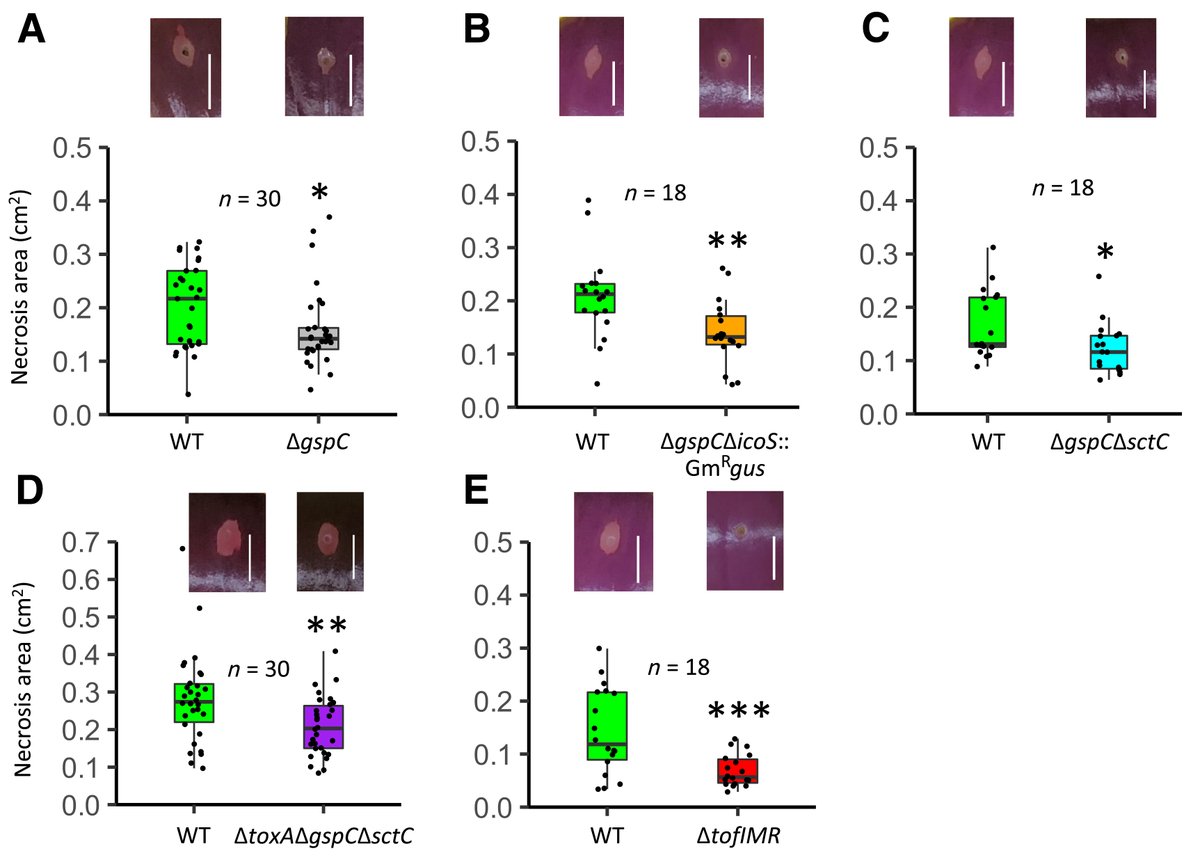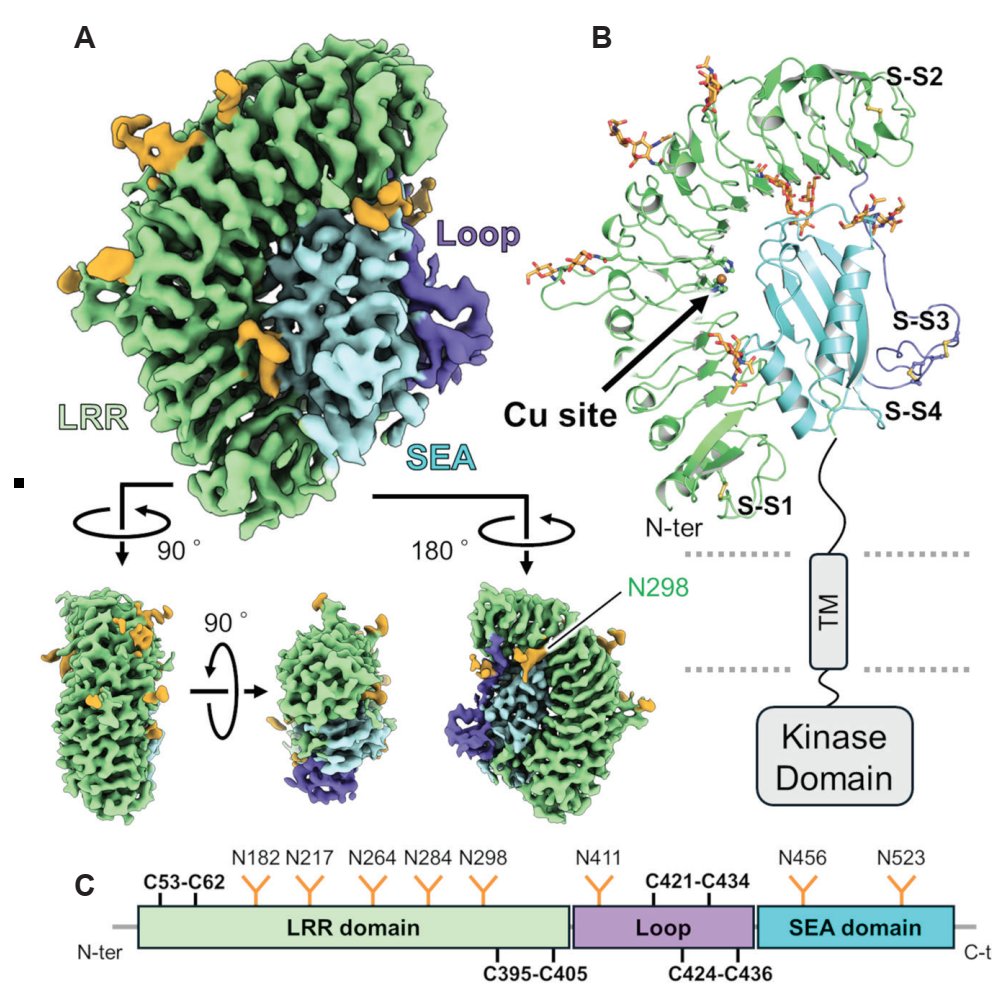
Dr. Amelia H. Lovelace
@amelia_mycelia
(she/her) Research Plant Pathologist @USDA_ARS 👩🏼🔬@TheSainsburyLab alum. Researching fungal pathogens of coffee ☕️🍄🟫
ID: 1174508875757826048
https://www.linkedin.com/in/amelia-lovelace-75b72b168/ 19-09-2019 02:23:09
674 Tweet
1,1K Takipçi
1,1K Takip Edilen

📢New paper! The fungal pathogen Fusarium uses a specialized protein to weaken plant immune defences & cause head blight - discovery could lead to bio-engineered disease-resistant grains. Agricultural Research Service IU Biology The American Phytopathological Society IS-MPMI Read the full story 👇 rothamsted.ac.uk/news/fungal-pr…


Transcriptomic analyses revealed that Fusarium graminearum expresses many candidate effector proteins during early phases of the infection process, some of which are annotated as proteases. Martin Darino et al. characterize an F. graminearum endopeptidase, FgTPP1 (FGSG_11164),


New paper Nature Genetics nature.com/articles/s4158… Our most recent thinking on HYP effectors involves programmed shuffling of the parasite genome. This prompted us to review how and when organisms edit their own genomes In so doing, Vincent made two important discoveries... (1/3)


Plz RT. We are looking for a postdoc to join our collborative project on AI-guided bioengineering of plant immune receptors Tolga Bozkurt and Jiorgos Kourelis labs: jobs.ac.uk/job/DNV032/res…




Excited to preprint work mainly by former postdocs Li Feng, Yingnan Hou Yingnan Hou, and the phylogenomics genius AmirAli Toghani The Sainsbury Laboratory. We found a plant defense gene family enabling pathogen gene silencing & explored engineering this pathway to boost disease resistance!

Editor’s Pick! Pathogenic bacteria use Type 3 effectors to suppress host defenses. The cassava pathogen Xanthomonas phaseoli pv. manihotis (Xpm) causes severe disease, but its effector functions are not well understood. Diana Gómez De La Cruz et al. show that the Xpm effector XopAE



🎉 Thrilled to share our latest work, now published in New Phytologist! 🌱 Aphid effector Mp10 fine-tunes plant immunity via EDS1, balancing suppression and activation of defence. 🧑🔬Matteo Gravino, Sam Mugford @samtmugford.bsky.social, Saskia Hogenhout et al., John Innes Centre, SapienzaFisVe (curated by Pontiggia) #️⃣


Today we report how plant immune preparedness against future infections is negatively intercepted by elevated temperatures! The Plant Journal #OpenAccess This work was initiated by my first MSc student Alyssa Shields. Laurier Biology 💜𓅪💛 Laurier Research onlinelibrary.wiley.com/doi/10.1111/tp…


Slippery skin of onion, caused by Burkholderia gladioli pv. alliicola (Bga), is a globally reported disease with poorly understood virulence mechanisms. Sujan Paudel et al. used genomics and reverse genetics to identify key virulence factors in Bga, regulated partly by quorum





